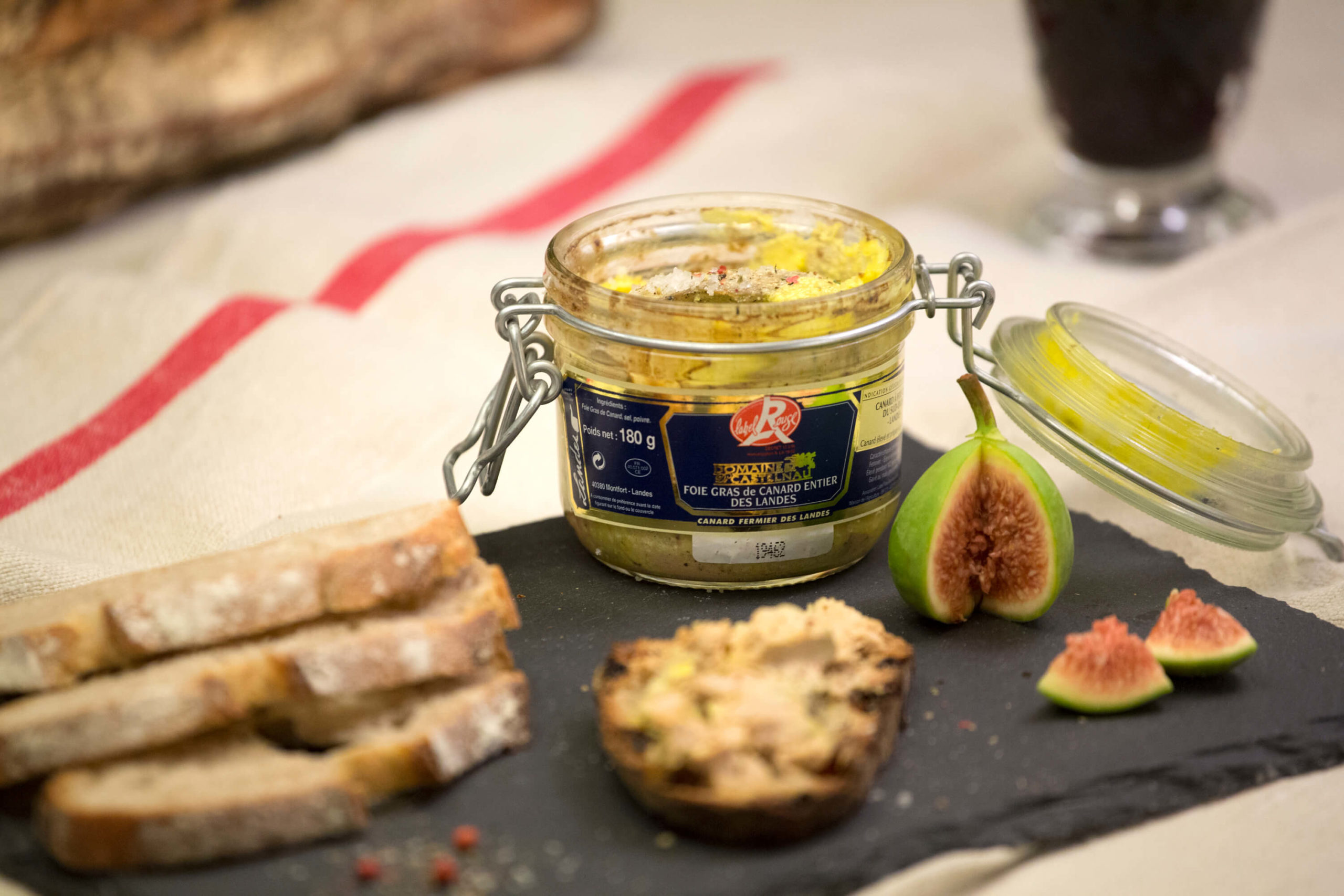Most times people come across terms that seems unfamiliar and relatively new sometimes due to their geographical location, culture , values or human nature. That is not different from our own discussion which we will demystify it to you so that when ever you hear, perceive or come across foie gras, you will definitely have a lot to say and answer salient questions about it and most especially the one that concerns our discussion: whether it can be freeze or not.
Its either a Duck Foie gras or a Goose Foie gras which is a liver fattened through a labor-intensive force-feeding process known as gavage. The process dates back to ancient times when Egyptians force-fed domesticated geese upon discovering that “waterfowl developed large, fatty livers after eating large amounts in preparation for migration,” according to the Artisan Farmers Alliance, a group representing foie gras farmers.
Foie gras is a popular and well-known delicacy in French cuisine. It’s flavor is described as rich, buttery, and delicate, unlike that of an ordinary duck or goose liver. Foie gras is sold whole, or is prepared into mousse, parfait, or pâté, and may also be served as an accompaniment to another food item, such as steak.
The technique of gavage dates as far back as 2500 BC, when the ancient Egyptians began keeping birds for food and deliberately fattened the birds through force-feeding. Today, France is by far the largest producer and consumer of foie gras, though it is produced and consumed worldwide, particularly in other European nations, the United States, and China.
Gavage-based foie gras production is controversial, due mainly to the animal welfare concerns about force-feeding, intensive housing and husbandry, and enlarging the liver to 10 times its usual volume. A number of countries and jurisdictions have laws against force-feeding, and the production, import or sale of foie gras; even where it is legal, a number of retailers decline to stock it. Generally, French preparations of foie gras are made over low heat, as fat melts faster from the traditional goose foie gras than the duck foie gras produced in most other parts of the world. American and other New World preparations, typically employing duck foie gras, have more recipes and dish preparations for serving foie gras hot, rather than cool or cold.
In Hungary, goose foie gras traditionally is fried in goose fat, which is then poured over the foie gras and left to cool; it is also eaten warm, after being fried or roasted, with some chefs smoking the foie gras over a cherry wood fire. In other parts of the world foie gras is served in dishes such as foie gras sushi rolls, in various forms of pasta or alongside steak tartare or atop a steak as a garnish.
Foie gras can also be freezer this is because, foie gras has a refrigerator life of 3 weeks, unopened (two days after opening). Frozen Foie Gras can keep for up to one year, but the flavor will not be as good when thawed. Fully cooked prepared products like mousses, blocs, and pates can last in the shelf for a few years (check labels). For raw fresh foie gras, simply store it at a temperature between 0°C and 4°C, for up to seven days. No matter its presentation – vacuum-packed or paper wrapped – it should be conserved in the same way. Forduck foie gras mi-cuit also called half preserved store it at chilled temperature 0°C +4°C.
Foie gras is regarded as a gourmet luxury dish. In France, it is mainly consumed on special occasions, such as Christmas or New Year’s Eve réveillon dinners, though the recent increased availability of foie gras has made it a less exceptional dish. In some areas of France foie gras is eaten year-round.
Duck foie gras is the slightly cheaper and, since a change of production methods in the 1950s to battery, by far the most common kind, particularly in the US. The taste of duck foie gras is often referred to as musky with a subtle bitterness. Goose foie gras is noted for being less gamey and smoother, with a more delicate flavor.
From experience, All the times that I have purchased Duck foie gras from my purveyors, it has always come frozen, so the answer to the question, ” can foie gras be freeze?” is “yes” which is regarded as the main source of storage for foie gras.







